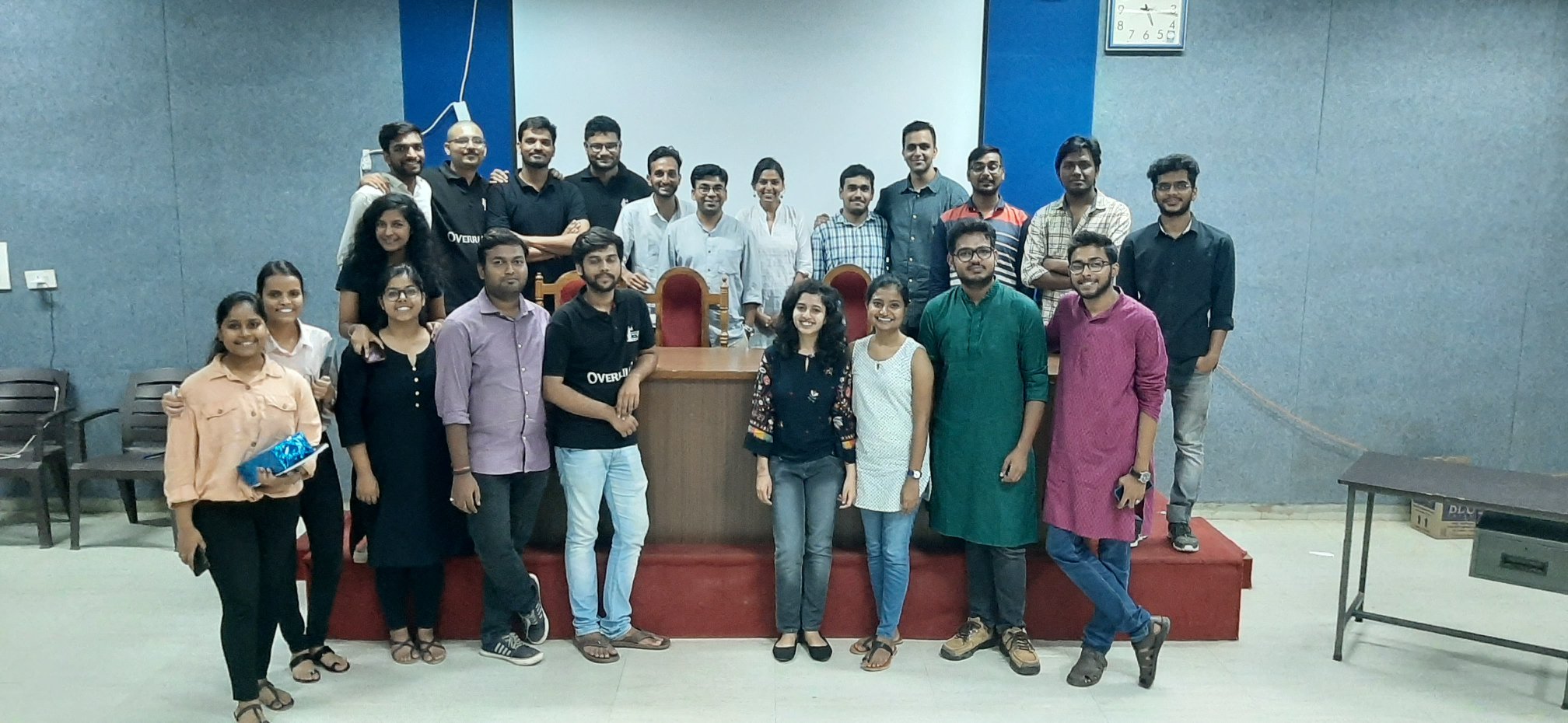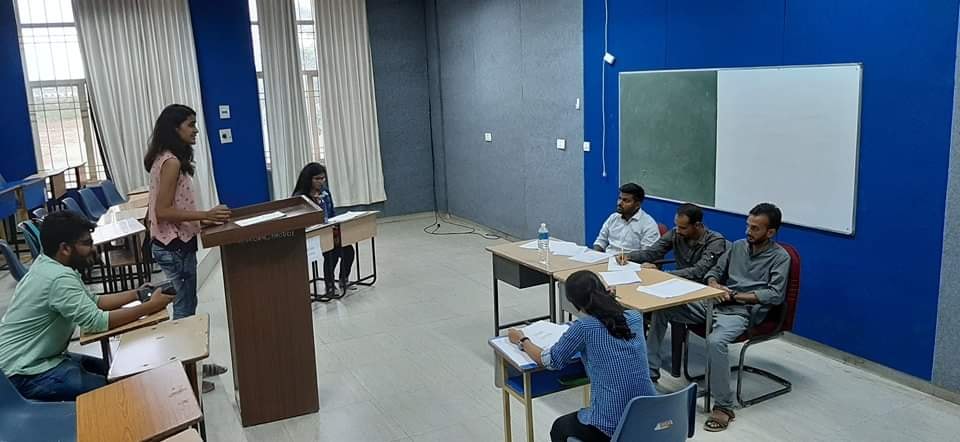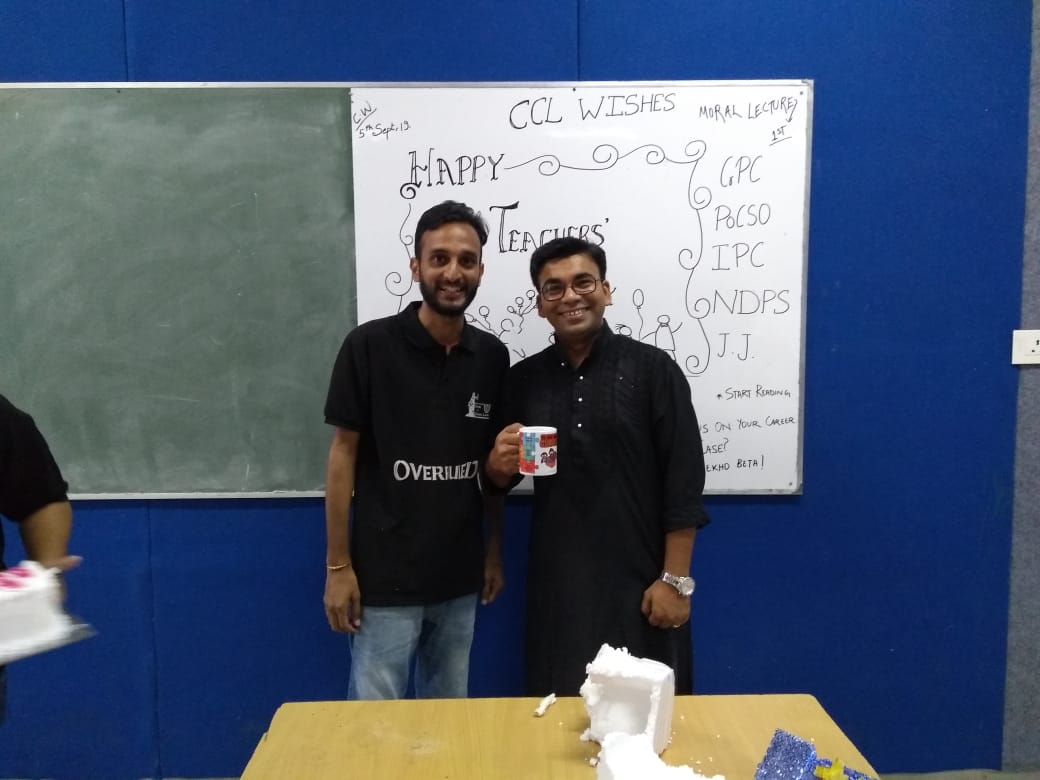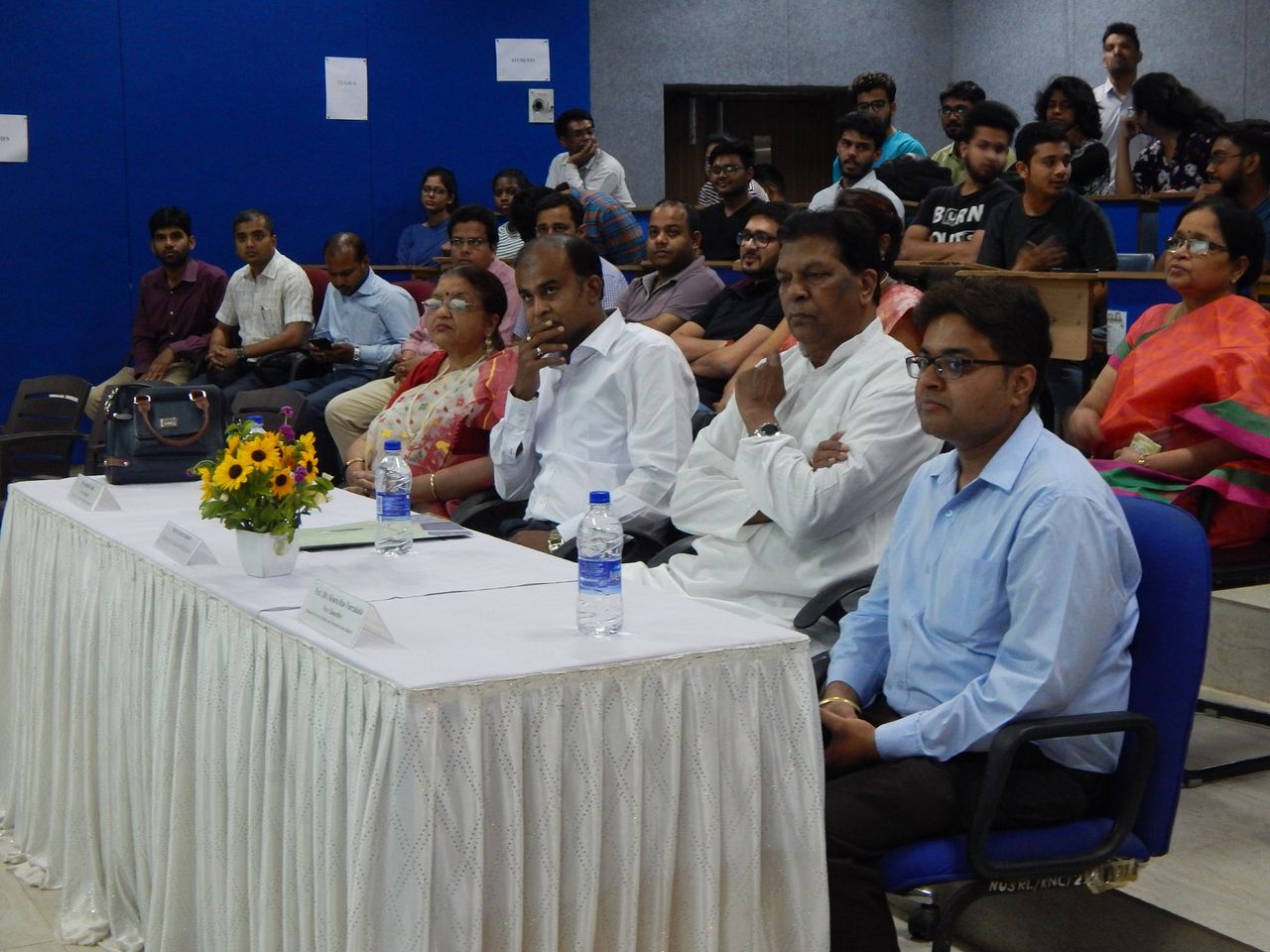Authors: Rahul Kuwar and Nidhi Kamath are 2nd year law students at the Institute of Law, Nirma University.
Introduction
‘He changed my face, not my heart. He threw acid on my face, not my dreams’, said the invincible-spirited acid attack survivor Laxmi Agarwal. There are millions of people like Laxmi who fight every day not just with society but with their own families with the wish of acceptance. Even after the implementation of so-called ‘Stringent Laws’, acids are available easily in pharmacies. Figures from the National Crime Record Bureau for 2021 suggest that more than a thousand acid attacks have been reported in the last five years. This depicts an extreme situation of dire regarding the safety of women in a developing country like India. This specific crime against women is supposedly one of the most grievous and severe crimes. The role of media plays an essential vital role regarding the trial of acid-attack cases. It is said that in any case, to have a free and fair trial, it must be free from factors like coercion, influence (Media especially), etc. Hence, in the case of acid attacks as well, there arises an important role to understand the importance of responsible reporting. In this blog, we will be analysing various facets of acid attack and how detrimental it has been proven to be against women and society at large.
Legal Framework Against Acid Attack
Acid attacks were not considered separate offences until 2013. However, as a result of changes made to the Indian Criminal Code (IPC), acid attacks are now covered under a separate section (326A) of the IPC and are punishable by a minimum of 10 years in jail that can be increased to life in addition to a fine.
The rule also lays out punishments for neglecting to care for victims or for police officers who refuse to report a crime or document any evidence. Dereliction of duty by a police officer is punishable by jail for up to two years, while denial of treatment (by both public and private institutions) is punishable by up to one year in prison.
The Criminal Law (Amendment) Act, 2013, as well as the directives and rulings issued by the Supreme Court of India, serve as the main sources of legal guidance for acid attack prevention in India. Many significant laws pertaining to acid assaults were enacted by the Criminal Law (Amendment) Act of 2013.
In addition to the aforementioned, the Supreme Court of India has issued a number of guidelines for the regulation of the sale of acid that will be discussed in the next part as well as the treatment of victims of acid attacks. These guidelines cover the regulation of the sale of acid, the creation of hospitals specifically designed to treat acid attack victims, and the provision of free medical care and counselling to acid attack victims.
Laws regulating the sale of acid:
- The Poisons Act of 1919: In response to acid attacks, the Supreme Court issued an order in 2013 limiting the sale of caustic substances. In accordance with The Poisons Act, of 1919, and based on the directive, the MHA developed the Model Poisons Possession and Sale Regulations, 2013, and gave guidance to the states on how to regulate acid sales. States were requested to develop their own regulations based on model rules because the problem lay under their purview.
- Age Limitations & Documentation: The buyer must have a government-issued photo ID that indicates his residence for the sale to be finalized. Also, the buyer must present proof that they are older than 18 years old.
- Confiscation of Acid Stocks: After 15 days of discovery or in the case of unreported acid stock, sellers must notify the relevant Sub-Divisional Magistrate (SDM) of all acid stock. The SDM has the power to confiscate the stock and, if required, levy a fine of up to Rs 50,000 for breaking any of the directions.
Judicial Precedents Shaping The Jurisprudence Against Acid Attack
The most well-known acid assault victim is Laxmi Agarwal, who is not a victim but a survivor. When she was only 15 years old and in the seventh grade, a man named Naeem Khan, alias Guddu, aged 32, attacked her with acid after she declined his proposal. She considered committing suicide, but her parents’ encouragement and support helped her to carry on. As the saying goes, “Survivors are bigger than the attackers.” She rose from this and pursued legal action against the attackers. It took her four long years to receive justice; her assailant Naeem received a 10-year term and Rakhi (the abetter) was sentenced to 7 years of imprisonment. She advocated for those who had been attacked with acid and joined the “Stop Acid Selling” project. The campaign aims to raise awareness of acid attacks across the country and how societal stigma prevents victims of acid assaults from leading respectable lives. In July 2013, the Supreme Court issued a ruling on Laxmi’s Public Interest Litigation (PIL), ordering restrictions on the sale of acids, financial aid for victims and survivors, government compensation, etc. Laxmi also filed a PIL with the Supreme Court to demand new laws against acid attack crimes.
Influence Of Media Trail
- Influence of Media on the Minds of delinquents
The media manifests the crime scene and the way in which the crime was executed which in turn teaches the delinquents and other criminals how to commit a crime. In 2008, the 26/11 attack which had an immense effect on the whole of India was aided by the media that completely manifested the plans of the police and armed forces that dropped certain hints to the terrorists to act in a certain way. Another instance of criticism of Crime Patrol stating that the episodes have a negative impact on the minds of the youth and hence encourages them to commit a crime.
- Influence of media on the judge hampering the natural justice
There is a public opinion that is building as a result of the media trial that news channels are running these days, where they bring in experts from various fields to present a debate on the case in which they serve as a jury and make decisions. As a result of this narrative, there is a possibility that the judge will give a decision based on public opinion rather than the available evidence.
- Influence of media on the reputation of the accused
We have seen how the media portrays a perspective and how the public accepts it. A person is charged even before the court renders its decision, and even if he is found innocent, it will be very difficult for him to reintegrate into society because of the perception that he is guilty.
- Speedy trial turning into violation of delivery of justice
As the saying goes, “Justice hurried is justice buried.” Due to media pressure, judges are under a lot of pressure to deliver justice quickly, and as a result, the delivery of justice is inconsistent. Additionally, there are certain steps in the legal process that cannot be followed because of the media’s intense pressure on the judiciary.
Recommendations
These are some suggestions for controlling acid sales:
- Licensing: The government should demand a license to sell acid, and as part of the licensing procedure, the seller should be thoroughly screened to make sure they have no criminal records.
- Limited Sale: Acid should only be sold to people who can show proper identity and a legitimate cause for buying it. To avoid misuse, the government may also impose sales restrictions on concentrated acid.
- Heavy Punishments: Sellers who break the rules governing acid sales should face harsh penalties, such as fines, jail time, or the loss of their acid sales license.
Overall, regulating the sale of acid is crucial to prevent its misuse and reduce the number of acid attacks. By implementing these recommendations, the government can ensure that acid is only sold for legitimate purposes and prevent it from falling into the wrong hands.
Conclusion
The media trail has both positive as well as negative impact on a case. Yet, at times the negative effects supersede the positive ones hence breaching the natural justice of the trail. Media trail should be done responsibly, and the onus of decision-making should be upon judges not on media anchors. The public must also understand that it is upon the court to decide who is guilty or innocent. The role of media in the perpetuation of violence against women is immense in recent times and hence it is important for media houses to understand the importance of responsible reporting.







Leave a comment